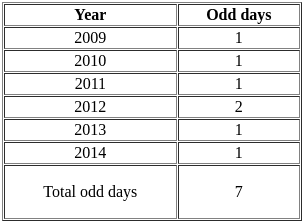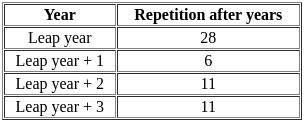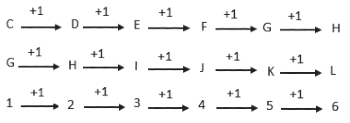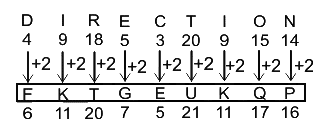DFCCIL MTS Mock Test - 2 - DFCCIL MTS MCQ
30 Questions MCQ Test - DFCCIL MTS Mock Test - 2
If Rs. 1,368 is divided into two parts in the ratio of 5 ∶ 3, then the amount (in Rs.) in the greater part is ________.
What will be the increase in the volume of the sphere if the radius is increased by 10%?
ΔABC ~ ΔPQR, the areas of ΔABC and ΔPQR are 64 cm2 and 81 cm2, respectively and AD and PT are the medians of ΔABC and ΔPQR, respectively. If PT = 10.8 cm, then AD = ?
When 5 is subtracted from the greater number and 7 is subtracted from the smaller number, then the ratio of numbers becomes 3 ∶ 1. What is the value of the greater number if the sum of numbers is 24?
Sum of the measure of the interior angles of a polygon is 1620°. Find the number of sides of the polygon.
Pandit Bhimsen Gururaj Joshi was an Indian Vocalist, belongs to which state?
Which part of the Constitution of India consists of the idea of a Welfare State?
Which of the following is not a bacteria related disease?
When an acid reacts with a metal oxide, _______ and ________ are obtained as products.
Find the acceleration (in m/s2) of a body which accelerates from 25 m/s to 30 m/s in 10 seconds.
Three of the following letter-clusters are alike in some manner and one is different.
Select the one that is different.
Select from the selection of the correct shape, which is given the following picture:
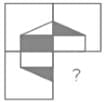
Directions: Which of the following symbols should be placed in the blank spaces respectively (in the same order from left to right) in order to complete the given expression in such a manner that “N > G” definitely holds true.
Statement:
N ≥ H _ F ≥ I = G7 is related to 40 by certain logic. Following the same logic, 5 is related to 16. To which of the following is 9 related, following the same logic?
(Note: Operations should be performed on the whole numbers, without breaking down the numbers into its constituent digits, E.g., 13 - Operations on 13 such as adding/subtracting/multiplying/etc., to 13 can be performed. Breaking down 13 into 1 and 3 and then performing mathematical operations on 1 and 3 is not allowed.)
Direction: Find the term that will complete the following series by placing it in places of the question mark.
CG1, DH2, EI3, FJ4, GK5, ?
In a certain language 'TEMPRATURE' is written as 'VGORTCVWTG'. How would 'DIRECTION' be written in the same code language?
On the basis of classical dance and folk dance, which of the following options is different from the other three options?



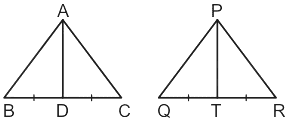
 =
= 
 =
= 
 =
= 
 =
=  =
= 
 =
= 
 = 9.6 cm
= 9.6 cm


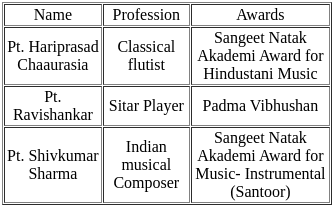
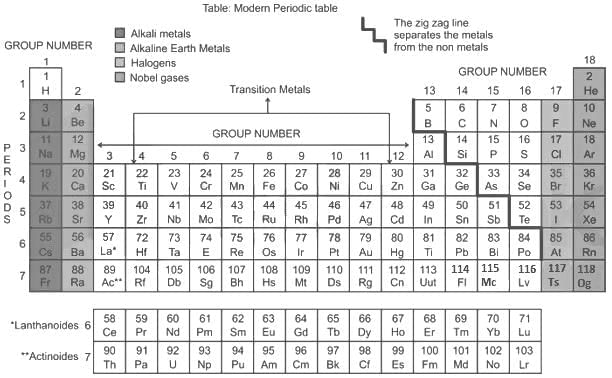
 copper(II) sulfate + water
copper(II) sulfate + water






